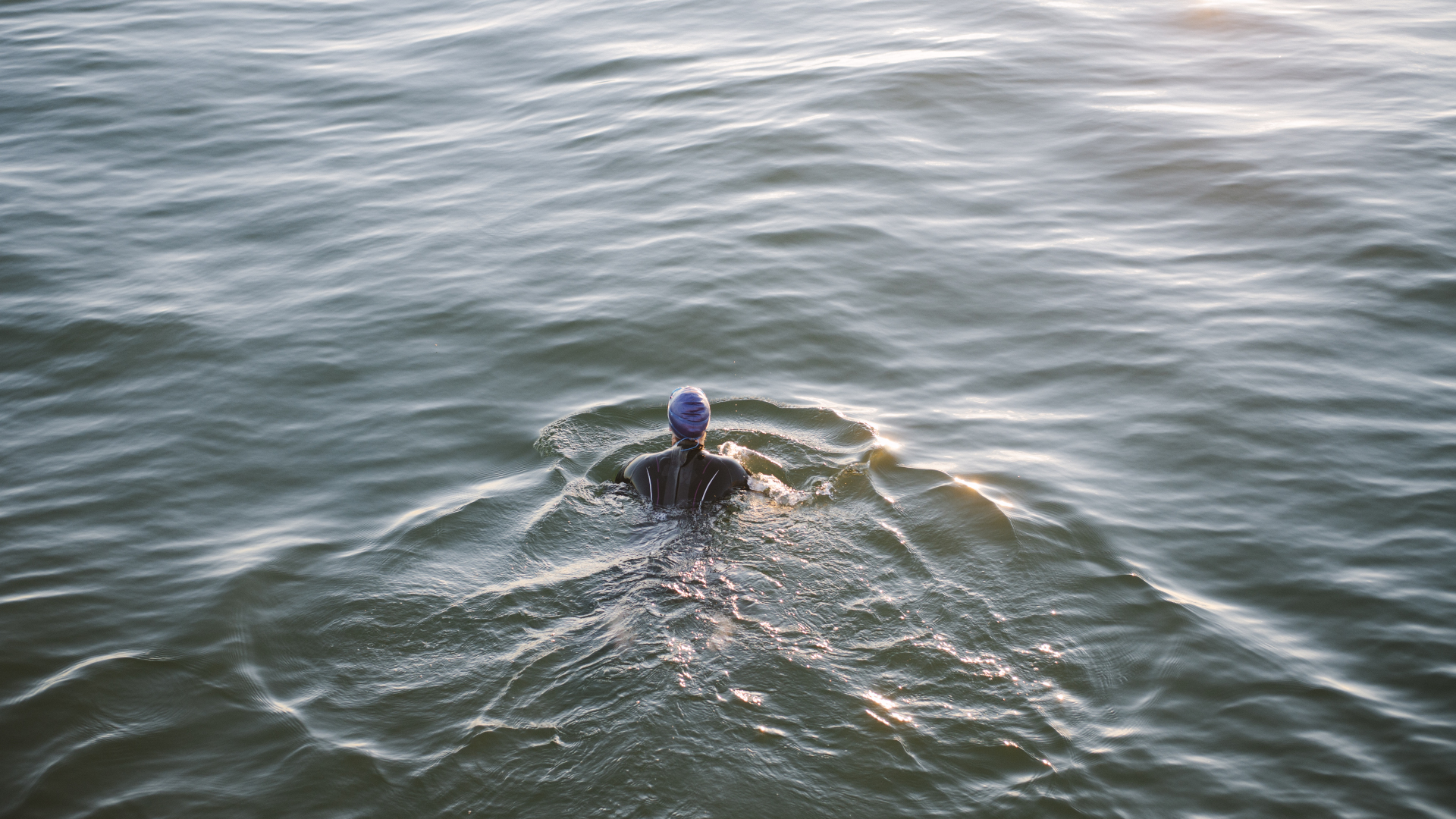Wild swimmers in Iowa to benefit from major lake restoration in 2025
Some $10 million in state funding and local investments will help restore bacteria-ridden lakes

Wild swimmers in Iowa will benefit from a $10 million boost to help improve the quality of popular swimming spots in 2025. The money, which comes from a combination of state funding and local investment aims to tackle issues like pollution and lack of recreational facilities at some sites.
Projects like the $3.58 million restoration of McKinley Lake in Union County aim to increase safety and accessibility for wild swimmers and other visitors, removing excess sediment and restoring the coastline.
Similarly, Green Valley Lake and Prairie Rose Lake will receive $1.7 million for treatments that will improve water quality by inactivating excess phosphorus in the water.
While these projects are only now coming to fruition, they’ve been in the development stages for years.
“We often spend a year or two learning more about the lake…trying to understand what the issues are, why water quality is being negatively impacted,” Senior Environmental Specialist Michelle Balmer told the Des Moines Register.
“And then, what strategies can we try and employ that’ll help improve water quality, update infrastructure, improve habitat for aquatic life, and provide better recreational opportunities.”

Iowa’s Lake Restoration Program began in 2006 and has since invested $167 million into improving the state’s many lakes. So far, the program has helped restore and improve 72 lakes across the state, removing 5 million cubic yards of excess sediment in the process.
Advnture Newsletter
All the latest inspiration, tips and guides to help you plan your next Advnture!
In 2024, the project spent $9.6 million restoring four major lakes throughout the state.
Next year’s largest investment will be at Lake Keomah in Mahaska County. Alongside sediment removal, the 84-acre lake will benefit from shoreline stabilization and an upgraded dam and spillway.
Once a popular spot, Lake Keomah is now considered unsafe for wild swimmers due to high levels of bacteria in the water. Cleaning it is expected to cost $4.3 million and will conclude between 2027 and 2029.
The final spot scheduled for work next year is Lake Diamond in Poweshiek County, which will receive $455,000 to improve sediment control ponds and erosion control.
The issues plaguing Iowa’s lakes are all familiar to wild swimmers in the US. As of 2022, almost half of the country’s lakes, rivers, and other water bodies were unsuitable for wild swimming due to high levels of harmful bacteria and pollution.
Praising the project’s work, Balmer continued: “We see this as being not only important for environmental protection, but also it’s a service that all you Iowans get to utilize.
“We want to make sure they have quality places to go recreating.”
- The best water shoes 2024 fast-draining, quick-drying and ready to take you from shore to sea
- The best wild swimming gear 2024 what to wear and what to take

Will Symons developed his love of the outdoors as a student, exploring every inch of Sussex’s South Downs national park and wild swimming off the Brighton seafront. Now a Staff Writer for Advnture, Will previously worked as a freelance journalist and writer, covering everything from cricket to ancient history. Like most Advnture staff, Will’s time is rarely spent indoors, he can often be found hiking, wild swimming or playing cricket.
